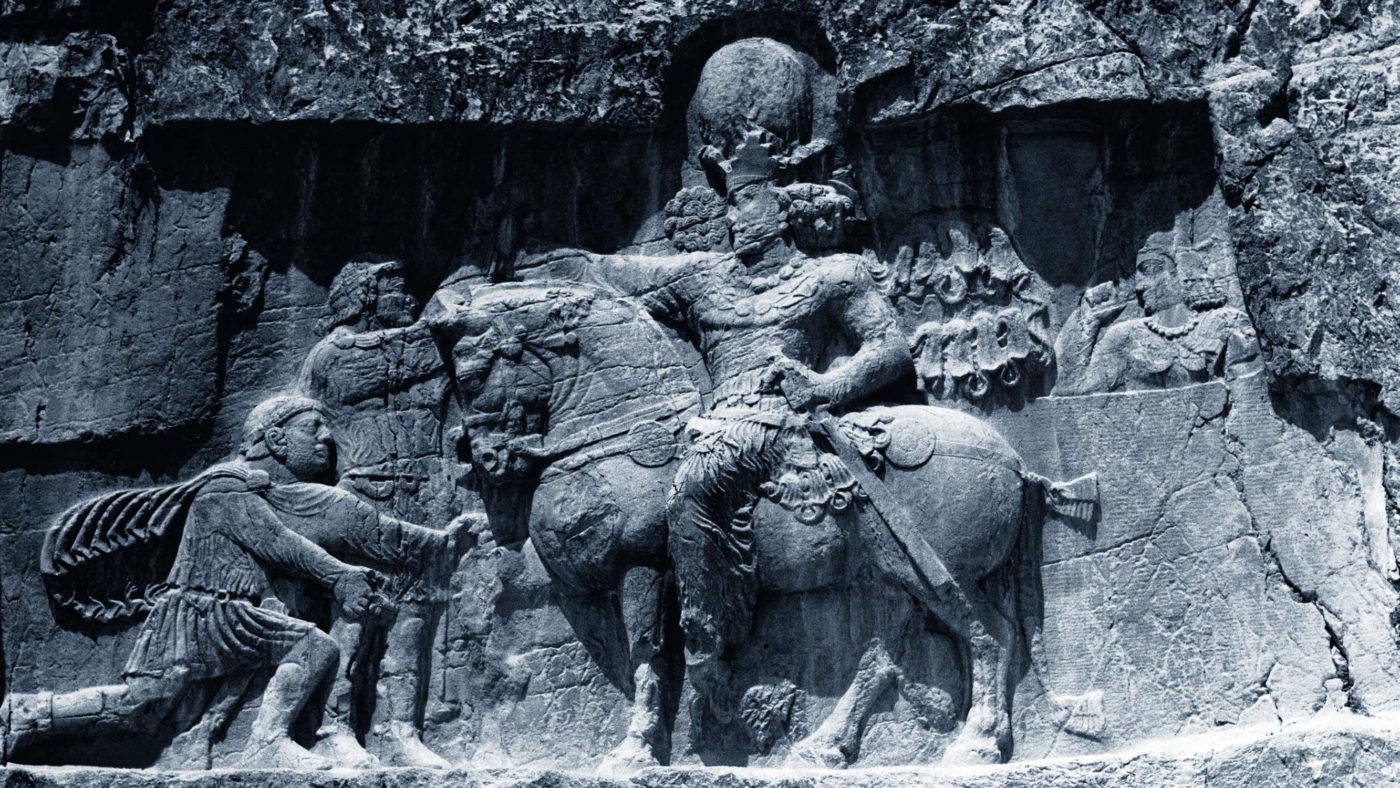Watching the traumatic images of thousands of desperate Afghans fleeing the tyranny of their resurgent Taliban oppressors it’s hard not to draw historical parallels. An obvious one is the fall of Saigon in 1975 — symbolised by a single iconic image of a US helicopter evacuating Vietnamese civilians while the North Vietnamese army closes in. Then, as now, America suffered a humiliating defeat at the hands of an inferior adversary.
But, if you want to use history as a guide as to what the future holds for Afghanistan and the West we should look not to the 20th century, but further back to the Roman Empire. In AD 260, mired in financial mismanagement and economic turmoil, Rome suffered a humiliating defeat at the hands of a renegade Middle Eastern adversary that would signal the start of its slow undoing.
The Roman Empire and the Middle East
Just as with the West today the Middle East posed a perennial problem for the Romans.
From 66–63 BC, the Romans conquered much of the Middle East. For sustained periods they were able to bring relative peace and stability to the region. As with the West, by harnessing their military strength the Romans were able to suppress uprisings while also using client states and factions as buffers.
Like the West, it was this failure to adequately address the Middle East threat and quell the region that would prove to be its undoing. As with the US buying the support of tribal warlords in Afghanistan, the Romans attempted to procure the support of client factions, while at the same time diverting increasing military resources to quell unrest. But despite their vast resources and military might they were unable to defeat the guerrilla warfare of their opponents.
AD 260 and Rome’s ultimate humiliation
Ancient Rome’s equivalent Afghan humiliation came in AD 260 and is depicted by a series of monuments at Naqsh-e Rustam in the Iranian desert. Commissioned by Shapur I, the second Sasanian King of Kings of Iran, one monument celebrates his army’s defeat of the mighty Roman army numbering some 70,000 men – one-fifth of the total military force of the Roman Empire. It also boasts of the protection money that Shapur had forced the once-powerful Roman state to pay, an amount equivalent to between £250-£500 million today.
Rome’s ultimate humiliation, though, is portrayed by another monument at Naqsh-e Rustam that celebrates Emperor Valerian’s capture by Shapur in AD 260. Valerian is shown kneeling to offer his back for Shapur to step on as he mounts his horse before the once mighty Emperor is put to death.
If we were to fix a date on which the Roman state had failed, then AD 260 would be a good a year as any. By this point it had endured its greatest military defeat and humiliation in its history. Its treasury, well managed for many centuries, was bankrupt and its currency had collapsed. The trading infrastructure upon which the modern Roman Empire had been built was no longer maintained. The legal code that governed much of Roman commercial life, and therefore the wealth of its citizens depended on, was no longer as predictably enforced as before. The life of its citizens would deteriorate further, and a long economic depression began would last for a further 1,500 years.
What next for the West?
Rome’s failure to manage the Middle East threat was a warning sign of what was to come. It came amidst financial mismanagement and was followed by imperial fragmentation and economic collapse.
The West’s own hegemony, which began with the rise of the British Empire and has spanned some 320 years, is finally in jeopardy. Public sector debt is at levels unprecedented in peace time, and while we may not yet be witnessing our own currency crisis as Rome did, there are other firm indicators that signal our decline. The emergence of the Chinese state – and with it a new form of non-democratic capitalism – coupled with China’s monopolistic hold on the essential raw materials and rare earth metals the West requires to drive its ‘Fourth Industrial Revolution’.
But last, and perhaps most significant, is the West’s abandonment of those very same values that made it great. Support for capitalism in much of the West is waning at the very same time that our opponents are embracing it.
Furthermore, young people in the West are increasingly allowing politics to trump truth and science putting free speech and thought in jeopardy. The rise of the woke ideology has been described by some as the greatest threat to freedom since communism, and it is gaining ground by the day. But unlike communism, which was predominantly an external threat to the West, the rise of the woke agenda comes from within.
The question must be asked as to whether in another two millennia people will be looking at the Taliban’s own monument depicting the West’s humiliation brought about by its own leaders. I fear they may.
Click here to subscribe to our daily briefing – the best pieces from CapX and across the web.
CapX depends on the generosity of its readers. If you value what we do, please consider making a donation.


